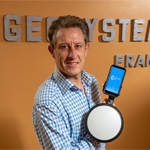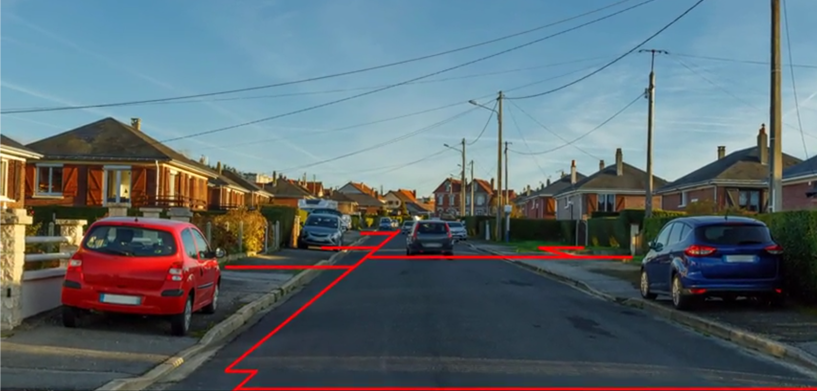 About the Author: Patrice Lemire About the Author: Patrice Lemire
Patrice Lemire is the founder and CEO of Geosystems France. Trained as a hydrographer, he acquired extensive experience in bathymetry, topography, and photogrammetry within the French Navy. He joined Leica Geosystems in 2001 as a Photogrammetry Support Engineer. In 2006, he founded Geosystems France to distribute ERDAS photogrammetry and remote sensing solutions in France and in French-speaking African countries. Patrice is fond of innovation and is pleased to diversify Geosystems France activities’ by developing service-based solutions such as F3D. |
Since 2012, the French government has required that critical underground utilities, including buried electric power cables, pipelines, and public transportation infrastructure, be georeferenced for safety reasons.
The Routière des Pyrénées, a subsidiary of Eurovia Midi Pyrénées, specializes in roads and miscellaneous networks, earthworks, soil treatment, design, and urban development and needed to georeference its utility networks. The government mandate requires that mapping meet an accuracy threshold of 40 cm, or about 16 inches. The Routière des Pyrénées was sending surveyors to every site to make sure networks were georeferenced in centimetric accuracy.
Luckily, GEOSYSTEMS France, which adapts and deploys geolocation solutions and field collection tools and assists with GIS database updates, had developed the exact tool to help the Routière des Pyrénées map utility networks.
Powered by Hexagon technology, including M.App Enterprise, FOUILLES 3D (F3D) is a solution for the direct georeferencing, stakeout, and verification of open trench networks, and it is simple enough to be used by field workers, with no need for surveyors to make site visits. The Routière des Pyrénées implemented it and can now visualize 3D models of buried networks in augmented reality; F3D also provided georeferenced visualization of plans in vectorized format.
F3D facilitates exchange between field workers and the office to import layout points and lines in X, Y, and Z format, so everyone stays on the same page while work is completed. And it gets done fast — F3D can process georeferenced data in 15 minutes for a 50-meter line, or as little as 5 minutes for 7 meters of trench, no matter the number of visible networks.
In one year of operation and 250 interventions, the Routière des Pyrénées has georeferenced 9,835 linear meters of utility networks in centimetric accuracy.
To learn more, check out the video:















